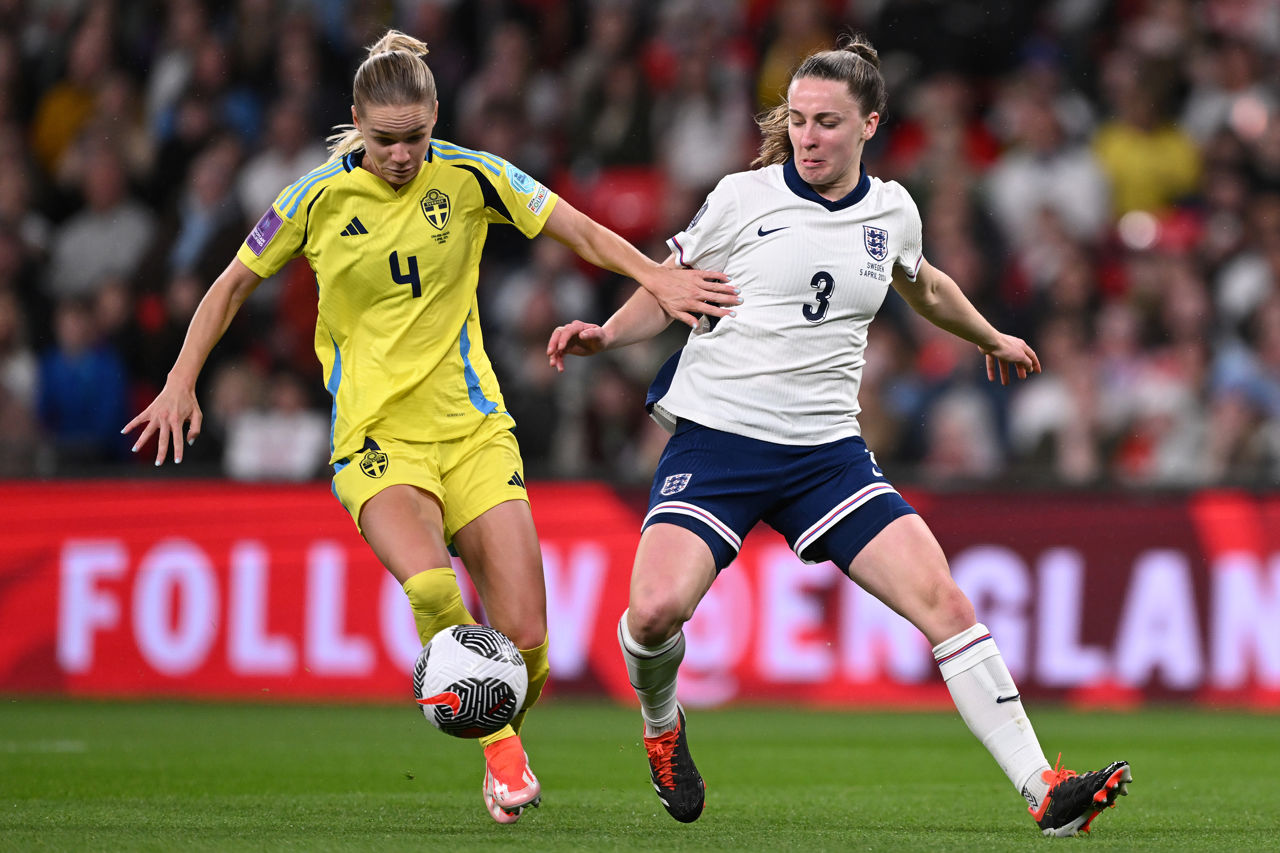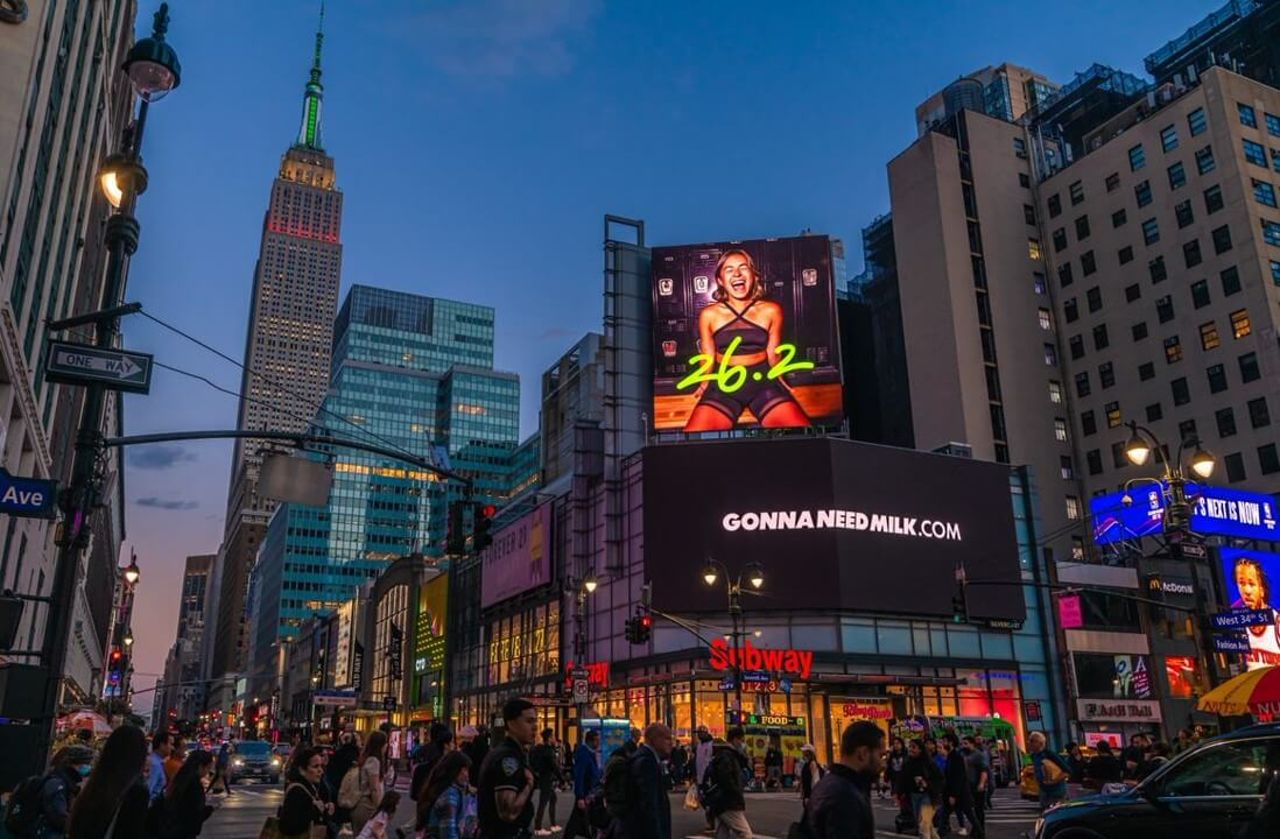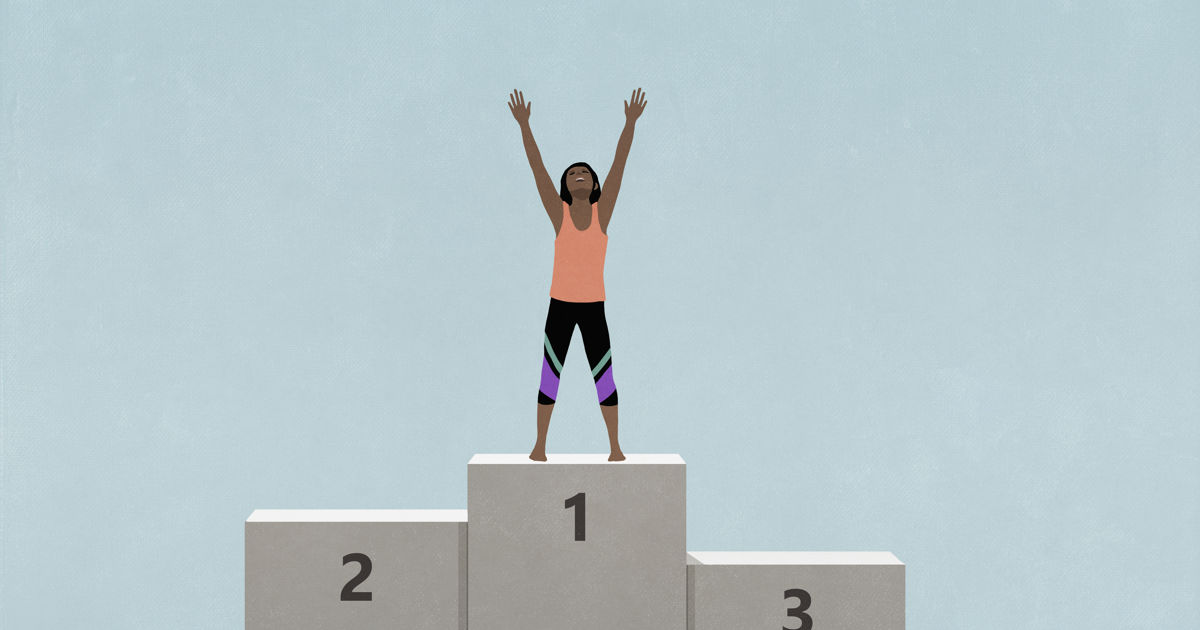Beyond the field of play: standing out in a year of sporting spectaculars
With a summer of sport on the horizon, brands can get their message in front of millions of watching fans. But, says Sarah Parkes, Chief Sales and Marketing Officer at Talon, to secure a podium finish takes more than just turning up on the day.
Few sporting events unite the globe quite like the Olympics. It brings spectators from all walks of life together, a feat that promises incredible viewership. The 2020 Tokyo Games’ total global TV audience exceeded three billion.
This feast of sporting content is not just a treat for consumers.
This year, women’s sport in particular promises an action-packed calendar, with expectation that its value will reach $1 billion. Qualifiers for the Women’s Euros 2025 will continue driving the popularity of women’s football, expected to account for 43% of the value by year’s end, alongside an increasingly popular cricket fixture list, culminating in a Women’s T20 World Cup. The Women’s Tennis Association Tour also continues building upon its audience of 1bn reached last
year. But this feast of sporting content is not just a treat for consumers.
Each event translates to a highly-specific, incredibly engaged audience. Brands that tap into this will put themselves in prime position to stand atop the podium. The only hurdle to overcome is understanding where to crack into the space.

Above: The qualifiers for the Women's Euros in 2025 continue driving the popularity of women’s football.
The in-game opportunity
The most obvious place to start is the event itself. More sporting events are at risk of losing their public broadcast protection. The Six Nations was recently refused ‘Crown Jewels’ status, whilst TNT Sports’ acquisition of the FA Cup rights has left the BBC and ITV scrabbling to sublet matches.
As it stands, the cost for a commercial TV sponsorship slot for a major sporting event is eye-watering. The most extreme example, the Super Bowl, sees advertising real estate auctioned off at $7m per 30-seconds. And that’s before factoring in additional costs, such as hiring a major celebrity, or maintaining premium production quality. Brands like Temu spent tens of millions on their entire execution in Las Vegas this year, to make the most of this opportunity.
It takes some creative thinking to execute a campaign that resonates with audiences who may not have a race-day pass.
Granted, this level of expenditure is reserved for the most elite sporting broadcast, but the reality is that it’s only the largest brands (with the largest budgets) that can secure headline sponsor status and the accompanying primetime slots. What’s more, these relationships are typically cultivated over a long period of time. Land Rover has positioned itself as the Rugby World Cup’s headline sponsor for a number of years, subsequently ensuring it earns the major slots on ITV’s broadcasts.
But the opportunity is not only within the grounds of the event itself. It takes some creative thinking to execute a campaign that resonates with audiences who may not have a race-day pass. This was something that Lenovo was effective in executing last year, ensuring its sponsorship of the UK F1 had maximum impact and stretched far beyond its presence on the tracks.

Above: Lenovo used digital Out of Home activations across a variety of sites in the UK to leverage the excitement for F1.
Driving home brand association
Lenovo identified an opportunity to leverage the excitement for F1 in the UK by extending it beyond the event itself. Rather than focusing all of its activity on the grounds of the F1, Lenovo enlisted the power of digital OOH to activate campaigns across the country's major tourist sites - including Piccadilly Circus and the Arndale in Manchester - to drive home the association of its brand with F1 and their aim to “push the limits of technology – driving a faster, smarter, more sustainable future”.
Lenovo’s activation demonstrated the brand’s understanding that sporting events’ influence extends beyond the stadium. Case-in-point, F1's arrival in Miami saw the city accommodate an additional 300,000 people across race weekend, generating $449 million for the local economy.
Lenovo’s activation demonstrated the brand’s understanding that sporting events’ influence extends beyond the stadium.
This year’s Super Bowl is another prime example of a city completely giving itself over to the hype. Walking through Las Vegas, there was no avoiding the ‘greatest show on turf’. The incredible visuals popping up on the Sphere were a perfect representation of the electric energy pulsating through the streets. This is something Pepsi was keen to capitalise on, and took full advantage, executing a fun creative that positioned their brand at the heart of the wider cultural buzz that a major sporting feature creates.

Above: MilkPEP used the 2022 New York marathon to bring spectators closer to the experience.
Off-field action
Simply turning up doesn't guarantee sporting success; brands have to have a reason for being there. How are they contributing to or improving the viewing experience? Are they trying to insert themselves into the narrative for a self-serving purpose without engaging in the actual event? Simple questions, but ones that should be answered before investing in a sporting activation.
Simply turning up doesn't guarantee sporting success; brands have to have a reason for being there.
MilkPEP [Milk Processor Education Program] responded to all of these with aplomb during the 2022 New York Marathon. It used the occasion to reposition its product as a performance drink, whilst also giving female-identified runners a leg-up when they needed it most. Milk also used digital out-of-home (DOOH) linked to an on-site photo booth that posted snaps on screens positioned strategically, using geotargeting, along the route of the marathon to encourage the runners.
This is the formula for success: bringing spectators closer to the experience, whilst also ensuring athletes forge a connection with their most dedicated fans.

Above: Paris will see an huge influx of visitors for this year's Olympic Games, with the eyes of the world on the city.
Winning your fans over
As host of this year’s Olympics, Paris is expected to receive more than 15m visitors, with another four billion tuning in from their homes. The eyes of the sporting world will be concentrated on the French capital, and if brands want to end the sporting festival with a gold medal, they’ll start curating OOH creative that takes full advantage of the whole city.
In order to stand out from the competition it is crucial that city-wide creative commands attention.
And the Paris Olympics is just one of many sporting events this year, so brands looking to resonate with the right audiences will have ample opportunities to do so. In order to stand out from the competition it is crucial that city-wide creative commands attention. Leaning into the creative and digital opportunity OOH media presents, will give advertisers a significant advantage when swinging for that home run.
)




 + membership
+ membership








